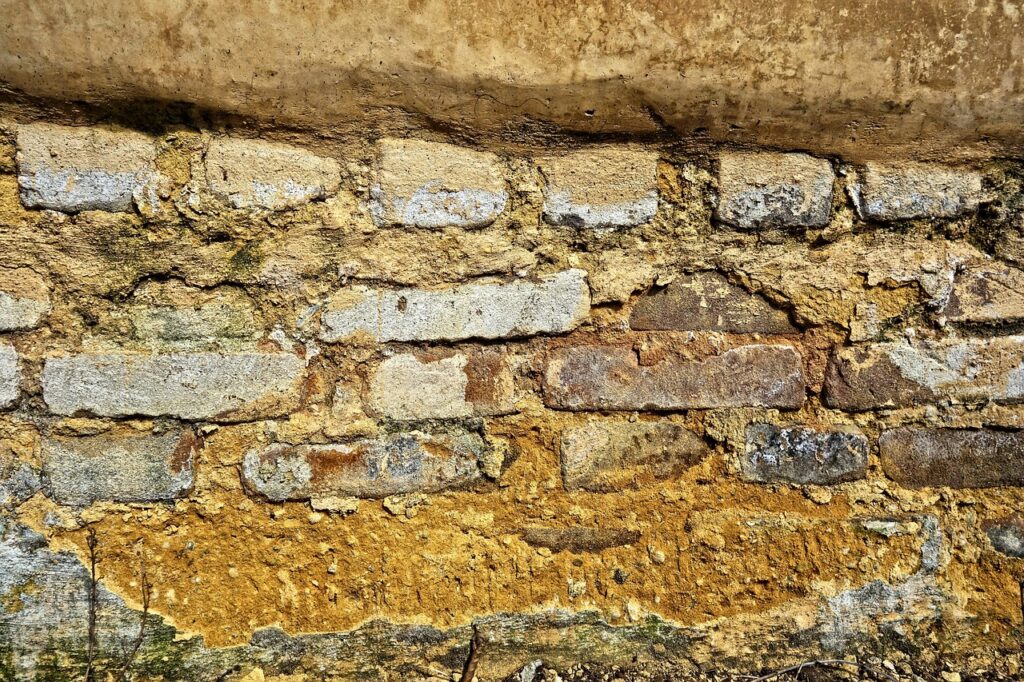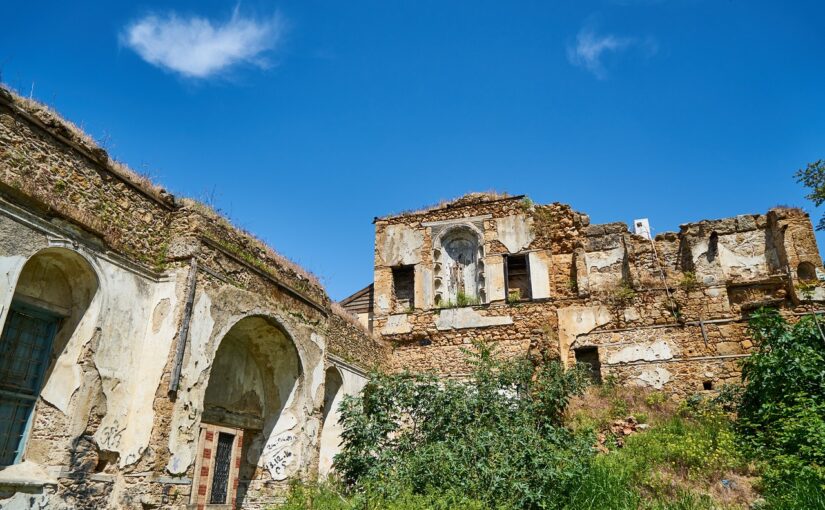In the olden days, when they were busy constructing buildings, there was a key player on the construction site – the “mortar maker.” Think of them as the master chefs of construction. Their job was to create the perfect blend of ingredients to make strong and reliable mortar. It was a bit like crafting a secret recipe for a delicious meal, but instead of flour and spices, they used ingredients like eggs, blood, and even cheese.
These recipes were often passed down through the generations like treasured family secrets, and they added an air of mystery to the whole construction process. The mortar maker’s role was crucial because the success of the entire building hinged on their skills.
Mixing it Up in the 15th Century
Fast forward to the 15th century, and they were experimenting with “historical” additives in Europe, all inspired by ancient Roman techniques. The Romans were the pioneers who added elements like wine and olive oil to their mortar. It’s almost like spicing up your favorite dish with a dash of something special.
Now, when it came to these additives, they were often used without any scientific basis – more like offerings to the construction gods. Some might say it bordered on superstition, but the mortar makers and alchemists were determined to find the perfect mix.
These additives came in various forms, like proteins (blood, eggs, cheese), fats (lard, oil, soap), acids from fruits (beer, wine, vinegar), fibers (hemp, wool, horsehair), or even inorganic substances (ashes, charcoal, gypsum, and other minerals). The imagination of what they could do knew no bounds. They would add these materials in relatively small amounts, typically no more than 2 percent of the total mixture, to enhance the mortar’s properties.
Protein Power: Organic Mortar Additives
Now, let’s dive into the nitty-gritty. Organic additives like milk, cheese, and blood contained proteins that worked their magic on the lime used in the mortar. It was like a chemical dance where these proteins combined with lime to create calcium caseinate, a protein that doesn’t dissolve in milk. When mixed with lime, it led to a denser, stronger, and more waterproof mortar. The secret to this magic was a delayed hardening of the mortar, resulting in a denser crystalline structure.

In ancient China, for example, they used this technique to create floors that still gleam, even after centuries. These floors were made with lime, additives, and yes, even blood. They not only looked great but were also resistant to water. It’s like having a recipe that not only tastes fantastic but also keeps well.
Waterproofing Wonders in Mortars
But it wasn’t just about experimenting with food-related materials. Fats like pig lard or butter were used to make mortar resistant to water. They formed compounds with lime known as calcium stearates, which made the mortar hydrophobic – a fancy word for water-repellent. It’s like giving your favorite coat a waterproof layer so you stay dry in the rain.
Porous Possibilities: The Airy Side of Mortar
When they added oils and soaps, something interesting happened. Even after rigorous mixing, tiny air bubbles remained in the mortar. These bubbles didn’t disappear, even after the mortar hardened. When it got really cold and the water in the mortar froze, these empty bubbles acted as safe havens for the unfrozen water. This prevented the mortar from cracking or breaking apart.
Additionally, oils and soaps made the mortar smoother and easier to work with. This means that even with the same consistency, you need less water, resulting in a stronger mortar. It’s like using just a little water to make a pancake batter that’s both easy to pour and incredibly fluffy.
Conclusion: Mortar’s Old Secrets
So, while our modern home isn’t built with eggs and cheese, there’s a touch of ancient wisdom in every brick and wall. The next time you work on an old house, just remember all the wisdom of its old construction materials that went into its making. Who knows, you might discover your secret ingredient to keep your own home cozy and reliable for years to come. It’s like being the master chef of your own home but without the apron!
